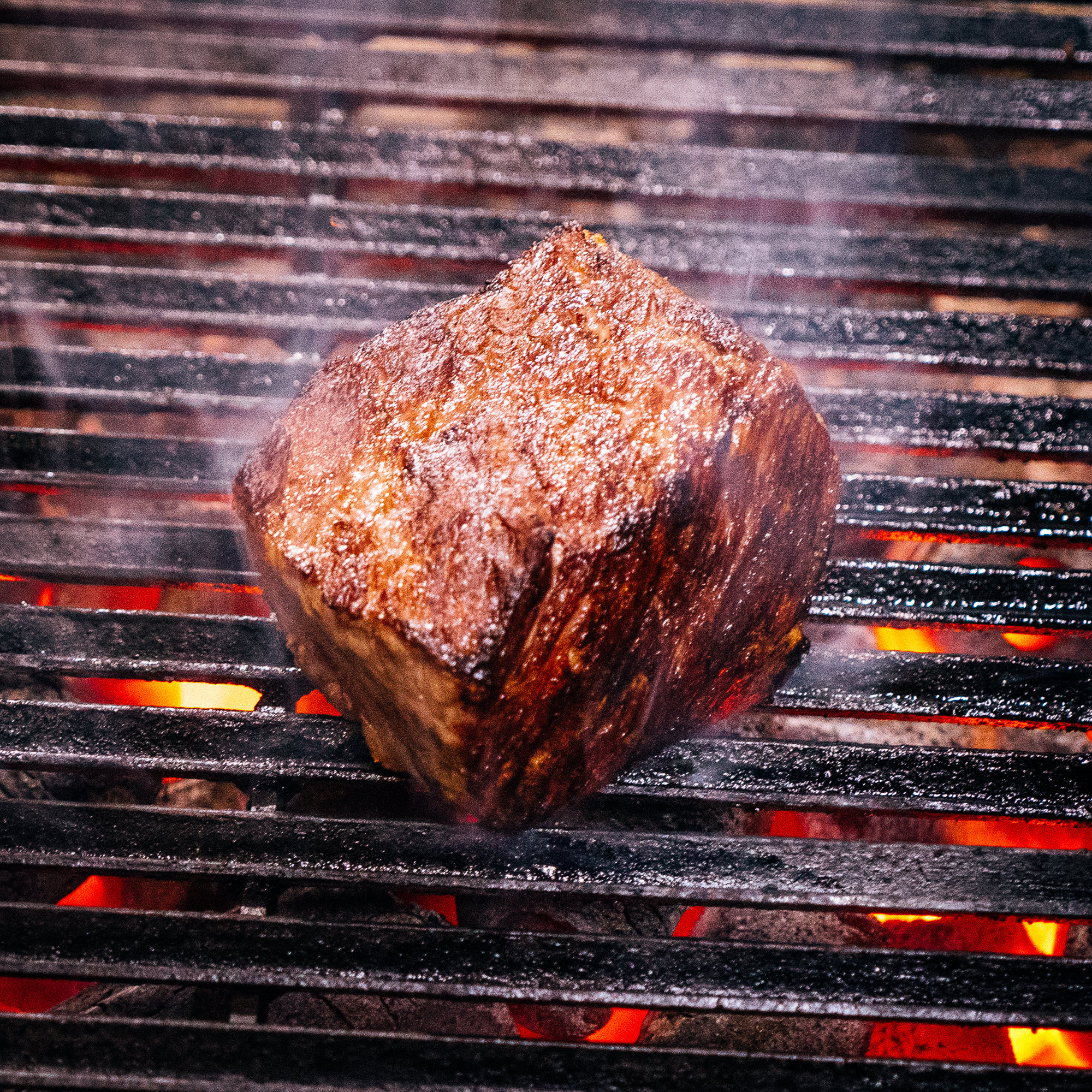If you’re a true steakophile, you might have heard of Kobe beef. But even if you’re extremely in the know when it comes to exquisite steak, you’ve probably never heard of Olive Wagyu. It’s a small-batch variety of steak produced only in the far reaches of Japan’s Kagawa Prefecture, and raised on a diet of caramelized pressed olives. It takes the insane marbling of Japanese beef, delivers even higher-than-normal levels of healthy monounsaturated fats, and packs a powerful umami flavor punch.

What Olive Wagyu has in common with Kobe and A5
The breed of cattle. Like other luxury beef from Japan, Olive Wagyu comes from the Kuroge Washu breed, the only one of Japan’s four indigenous breeds capable of achieving sky-high marbling levels.
Richness. The richness and intensity of Olive Wagyu lends itself to savoring in small bites -- no there’s no scarfing 32 ounces of this down in 4 minutes, flat. There are so few Olive Wagyu steaks in the world that every bite should be taken slowly, appreciatively.

What makes Olive Wagyu so different
The flavor. Olive Wagyu has a delicious umami flavor that’s bolder than in regular Japanese beef (Olive Wagyu ranks 50% higher in glutamic acid, and 40% higher in peptides, which are the two precursors of umami). Olive Wagyu has a very specific flavor, the product of the Seto Inland Sea coastal landscape.
The nutrient profile. Olive Wagyu is higher than Kobe or any other Japanese luxury beef in oleic acid, a monunsaturated fatty acid (one of the good fats). It’s also higher in the antioxidant components carnosine and anserine. Just last year, Olive Wagyu took home the Fat Quality Award at Japan’s Wagyu Olympics (yes, that’s a thing in Japan).
